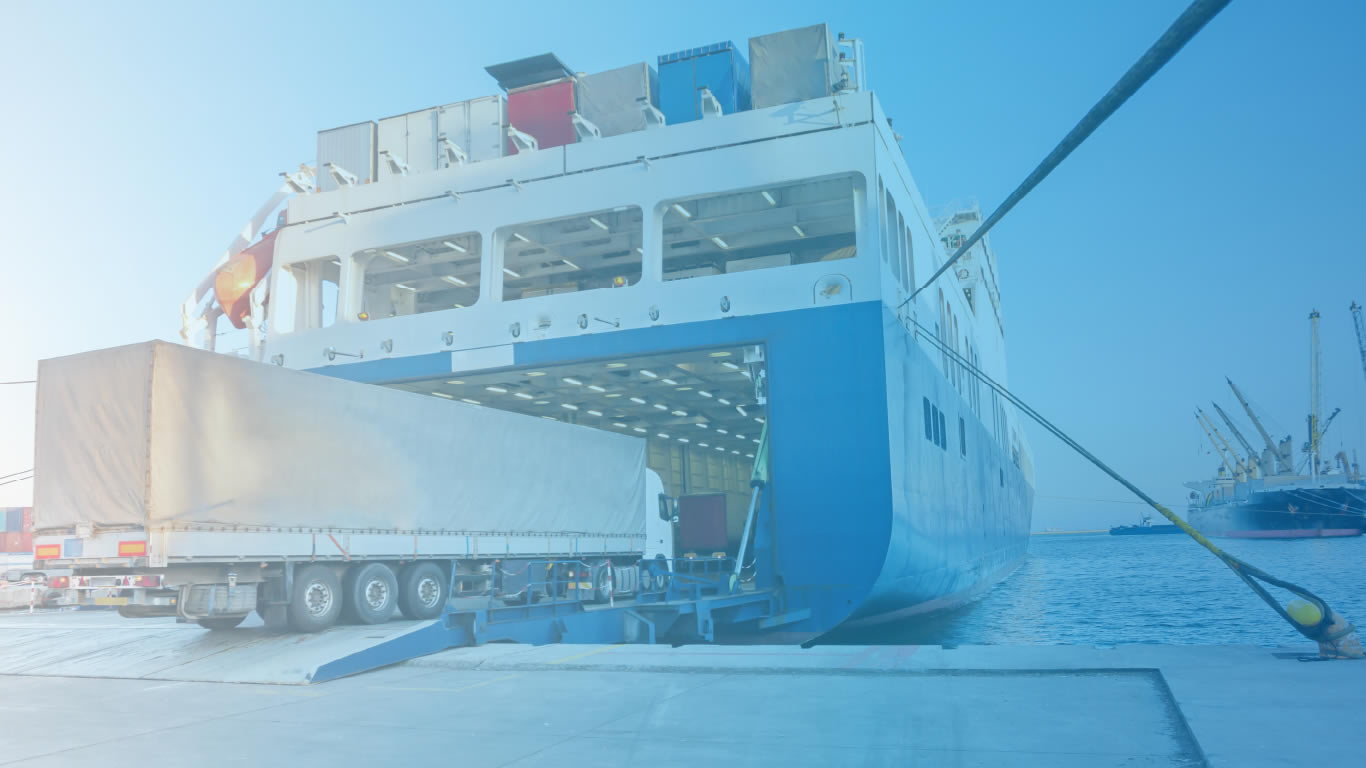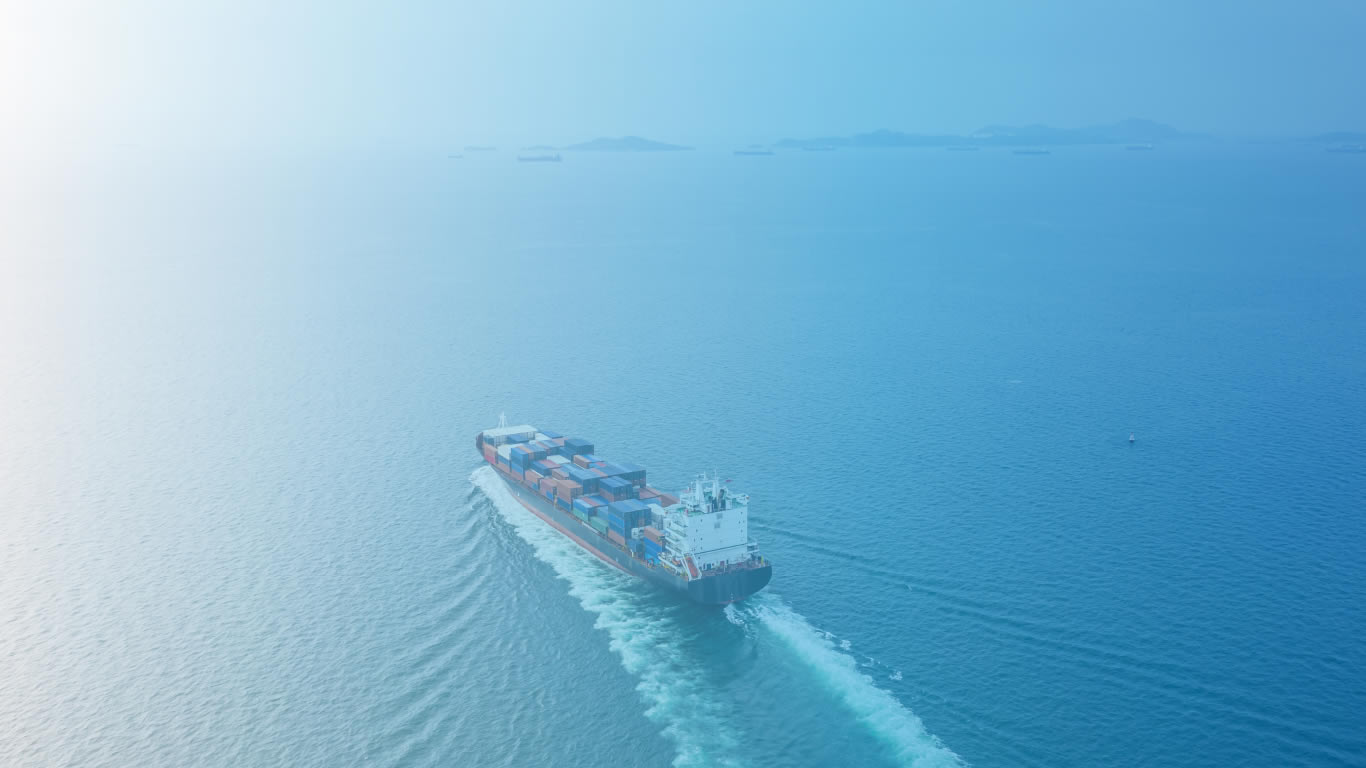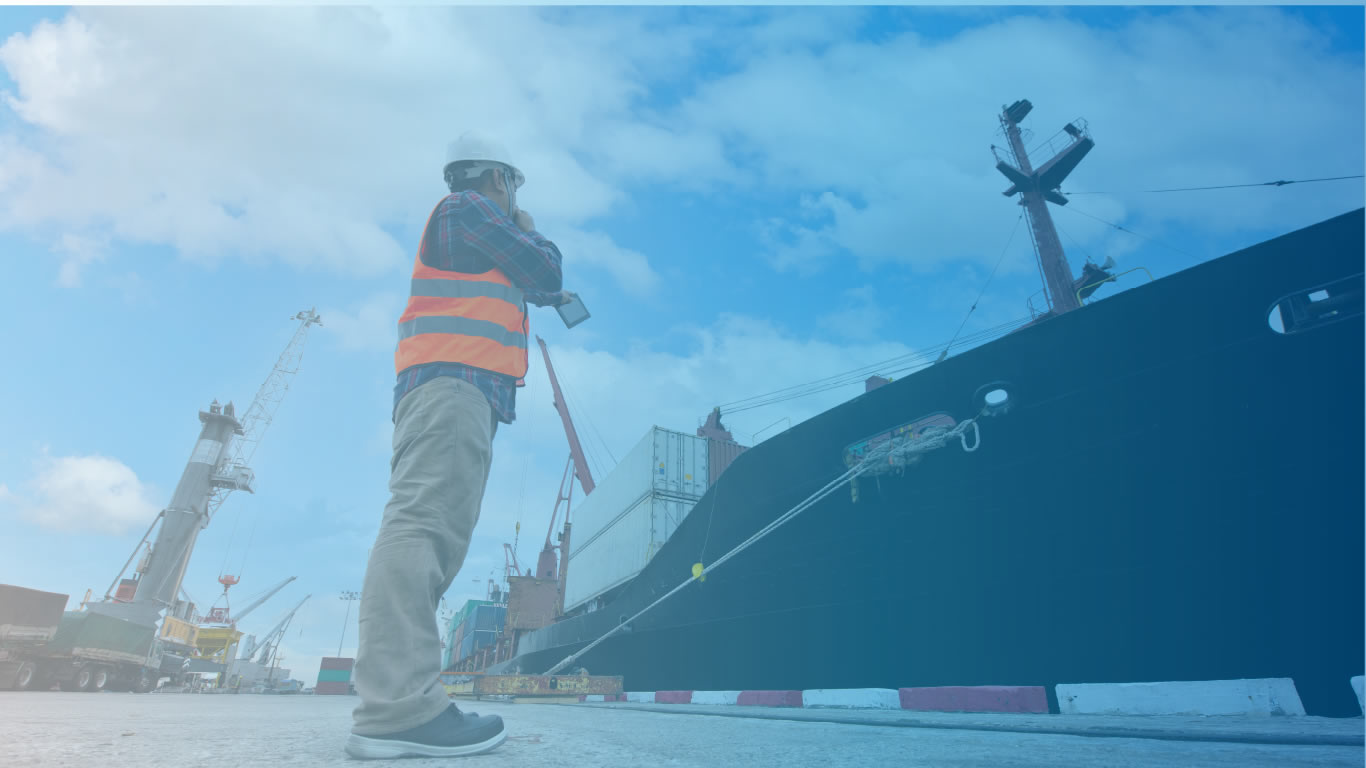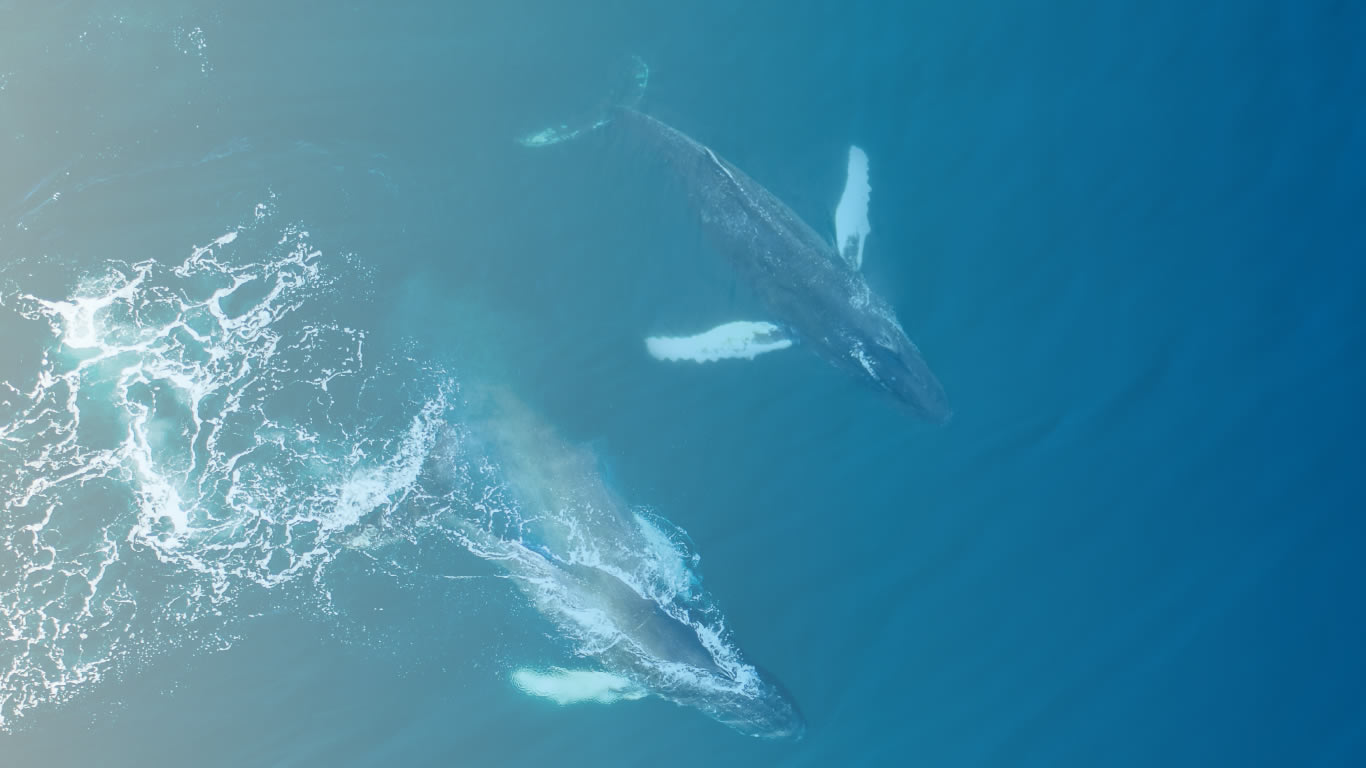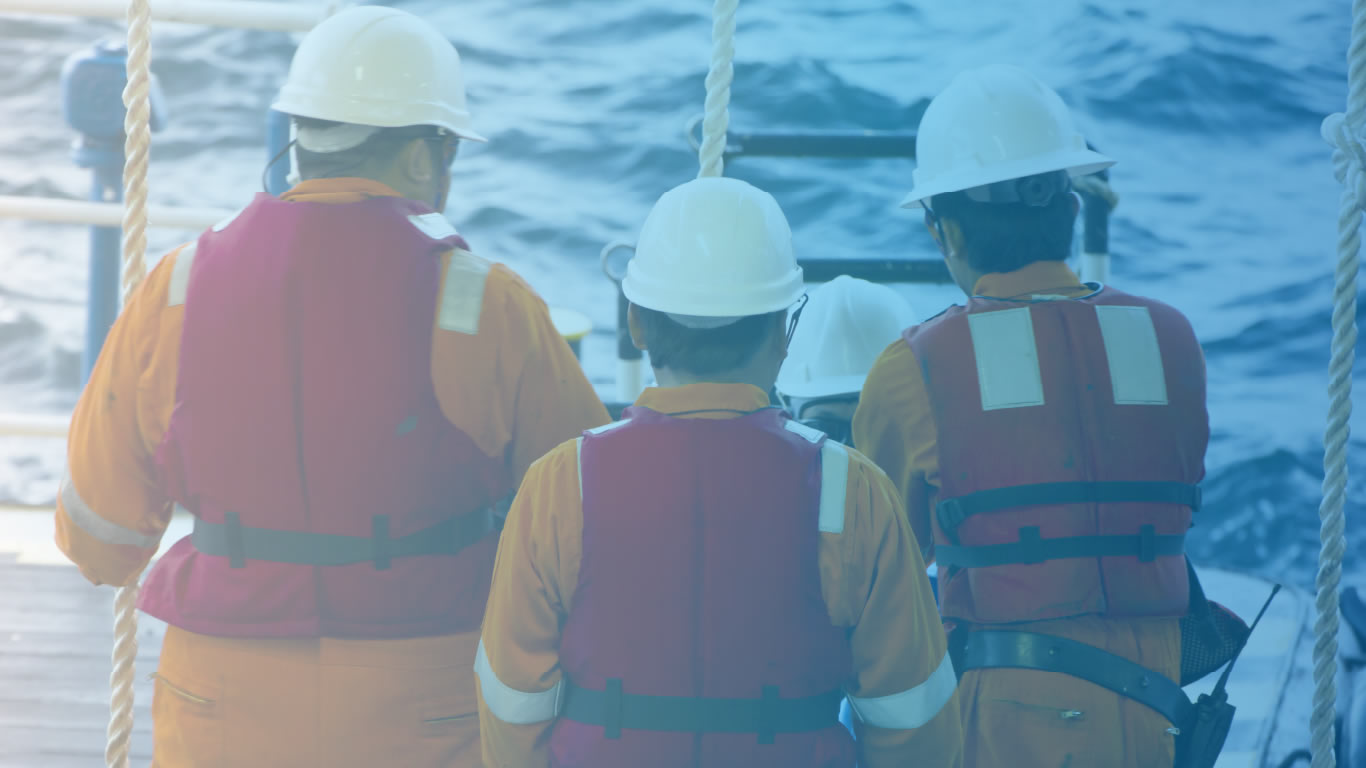The EU Maritime Profile - maritime safety

To ensure quality shipping, environmental protection, high standards for living and working conditions for the seafarers and – above all – to preserve life at sea, a comprehensive body of international and EU legislation is applied to ships by the flag States, whilst controlled as well by the countries the ships call.
This section looks at how ships are inspected to increase safety, statistics on port state control and accidents involving vessels.
The states where ships are registered, known as flag States, have an important role to play in enforcing relevant legislation and standards, because they exercise regulatory control over their registered fleet.
This way, they contribute to issues such as ensuring safety of life at sea, protection of the marine environment, and the provision of decent working and living conditions for seafarers.
Inspections of EU ships
To ensure that ships are safe and comply with what is required by the various International Conventions and EU legislation, they are inspected on a regular basis by the authorities of the State whose flag they fly, in order to ensure jurisdiction and control in administrative, technical and social matters.
However, the failure or poor performance of a number of flag States may result in sub-standard ships sailing around the globe. To avoid the proliferation of substandard shipping, an additional safety barrier, the Port State Control, was developed, which functions as a second line of defence.
Port State Control means that ships can be inspected by the authorities of states at which they call, regardless of what flag they fly. Port State officers are entitled to verify that the condition of the ship and its equipment comply with the requirements of international maritime legislation and that the ship is manned and operated in compliance with these rules and obligations. These requirements are all defined in international Conventions. For ships calling EU, stricter requirements imposed by EU law also apply and are being verified by PSC.
Based on the performance of each flag State fleet, lists of States are compiled under regional cooperation agreements of Port State Control (the so-called Port State Control Memoranda of Understanding, or MoUs). The so-called “White, Grey and Black” lists that some of the MoU’s have established provide information ranging from quality flags to flags with a poor performance that are considered high or very high risk and is based on the total number of inspections and detentions during a pre-defined period.
EU Member States have a proven record of safety, and are consequently on the white lists of the Paris MoU and the Tokyo MoU.
Port State Control is part of the EU maritime safety legislation framework. The main regime in the European region is the Paris MoU. But as EU Member State-flagged ships undertake many international journeys on an annual basis, thousands of them then undergo inspections under various Port State Control regimes.
When during a Port State Control inspection it is found that a ship is not compliant with the relevant international obligations, one or more deficiencies are issued and it is requested that the ship shall be brought back to compliance within a certain timeframe. If the breach is severe enough to make the ship unseaworthy, then the Port State Control inspection may result in a detention; a formal prohibition which stops the ship from leaving port.
To measure the quality of a country’s fleet, the most important factor is the percentage of detained ships of the total number of ships inspected, the so-called detention rate.
Port State Control inspections carried out in EU Member States
EU Member States target and inspect thousands of ships calling to their ports every year. This encompasses ships flying the flag of other EU Member States and ships flying a non-EU flag.
Number of marine accidents for EU Member State-flagged vessels
Accidents statistics have been a key reactive tool for the implementation of new safety, security, pollution prevention, and protection of workers on board vessels. EMSA hosts the European Maritime Casualty Investigation Platform (EMCIP), through which EU Member States can notify marine casualties and incidents and report the data resulting from safety investigations. The following graphs include data from EMCIP, for vessels under the scope of EU Dir.2009/18/EC, which have an IMO number and fly the flag of EU Member States.
Accidents are reported under four severity categories (definitions of severity deriving from IMO Resolution MSC.255(84) and MSC-MEPC.3 - Circ.3), ranging from the least serious (Marine incidents and Less Serious Accidents) to the most serious ones (Serious and Very Serious Accidents).
Examples of accidents reported include serious injuries occurring on-board; the pollution of sensitive areas due to damage to the vessel or other accidents related to vessel operations; vessels subject to significant structural damage and casualties which disrupt major port operations; or in extreme cases, the complete loss of a vessel, death of a crew member, or severe damage to the environment due to the accident.
In 2024, the number of fatalities and the number of injuries resulting from accidents where vessels flying flags of EU Member States were involved, increased in comparison to the previous year.
The number of occurrences where EU Member State-flagged vessels have been lost remains relatively low.
In terms of pollution events from marine casualties, in 2024 there has been a decrease in pollution in comparison to the previous year. On the other hand, release of pollutants in the air has increased in comparison to 2023.
For the purposes of the Annual Overview of Marine Casualties and Incidents, four main categories of vessels (Cargo ships, Passenger ships, Fishing vessels, Service ships) have been established, according to their main vessel operation. The evolution of occurrences reported for each category, concerning vessels under an EU flag is shown below.
In terms of occurrences classified as “very serious marine casualties”, according to the definition provided in chapter 2.22 of the Casualty Investigation Code [IMO Res.MSC.255(84)], it appears that among EU flagged, cargo ships have the highest number.
An important informative factor for marine casualties is the “EU27 ship occurrence indicator”. This indicator is the ratio of the number of reported accidents or incidents for a given ship type and the corresponding EU 27 fleet size.
It aims to provide information about the number of reported accidents and incidents per thousand ships in the fleet. As an example, if one year the indicator for a ship type is 100 it means than for every 1,000 ships of this type in the fleet, 100 had and accident or incident that year. More information on the definition of the “Vessel occurrence indicator” can be found in EMSA’s Annual Overview of Marine Casualties and Incidents.

